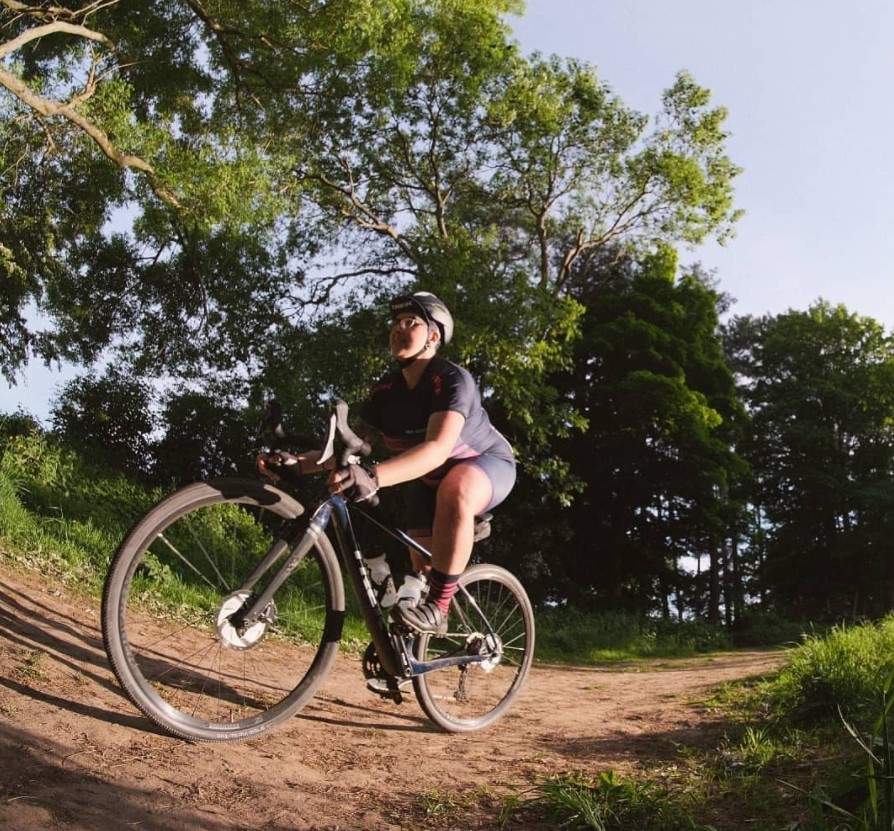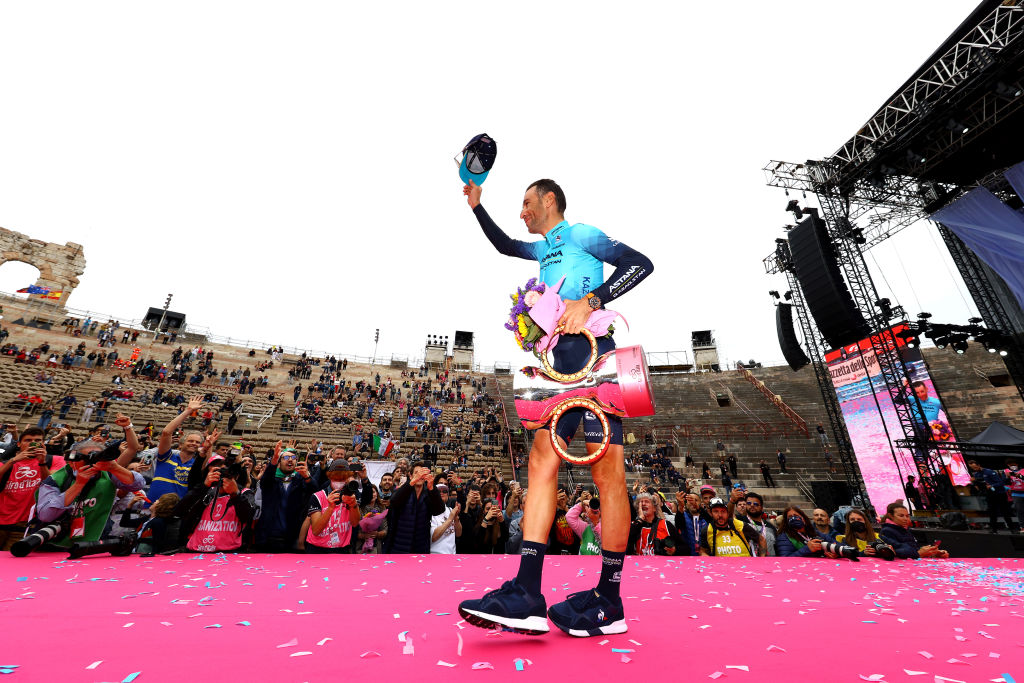Best commuter cycling shoes - Ride to work in comfort
The best commuter cycling shoes will get you to work in comfort and style
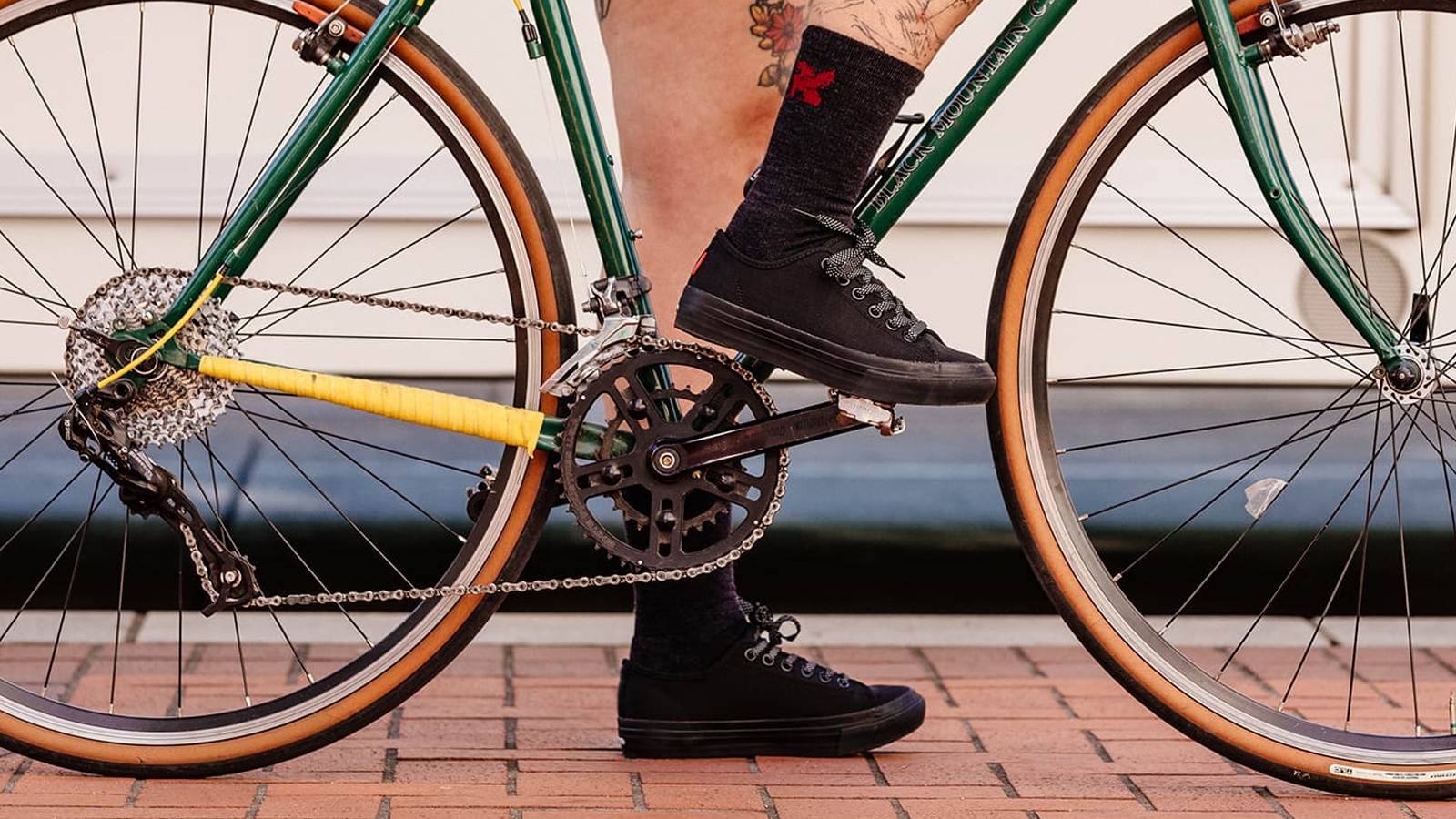
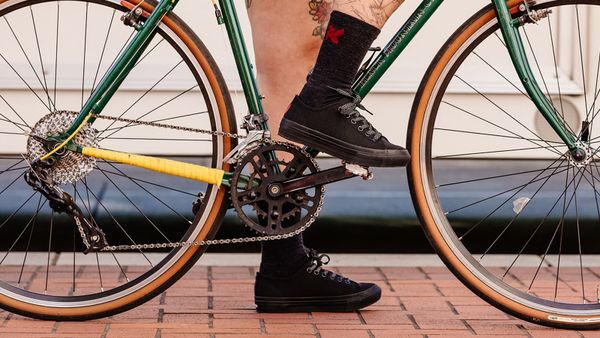
Navigation
1. Flat shoes
2. SPD Shoes
3. Road shoes
4. Overshoes
5. Winter shoes
6. How to choose
The best commuter cycling shoes will offer you comfortable pedalling that's suited to the conditions in which you ride to work. The footwear you require will differ depending on your commute, the season and where you live though, so a variety of footwear may be suitable.
For warm, dry rides, there's a choice of either flat shoes or shoes that attach to the pedals, known as clipless shoes. It gets more nuanced, as there are different clipless pedal systems. How far and how fast you want to ride and whether you need to stop and start or walk around much will dictate which is better.
The weather is always an issue too. If it's hot, you'll want shoes for commuting that are lightweight and airy. If it's cold and wet, you'll want to keep your feet protected, either with overshoes or dedicated waterproof winter cycling shoes.
We've got shoe options for all these conditions below and further down we have a section on how to choose the best commuter cycling shoes for your own needs.
Best commuter cycling shoes available today
You can trust Cyclingnews
Flat shoes
Flat-soled cycling shoes have the advantage that they're easy to use, as you're not locked into the pedals. This makes stops and starts easier and may also make walking more comfortable and easier than shoes for clipless pedals.
Flat-soled shoes specifically designed for cycling will make riding more efficient and comfortable than riding in normal shoes or trainers. The sole will be stiffened so that the pedal doesn't cut into your foot and they will support your foot better on the quite small surface area that connects your foot to the pedal.
Although they're a viable alternative to the shoes below that clip into clipless pedals, if you've got a long commute or significant hills to climb, you may find clipless pedals and SPD-style shoes more efficient though.
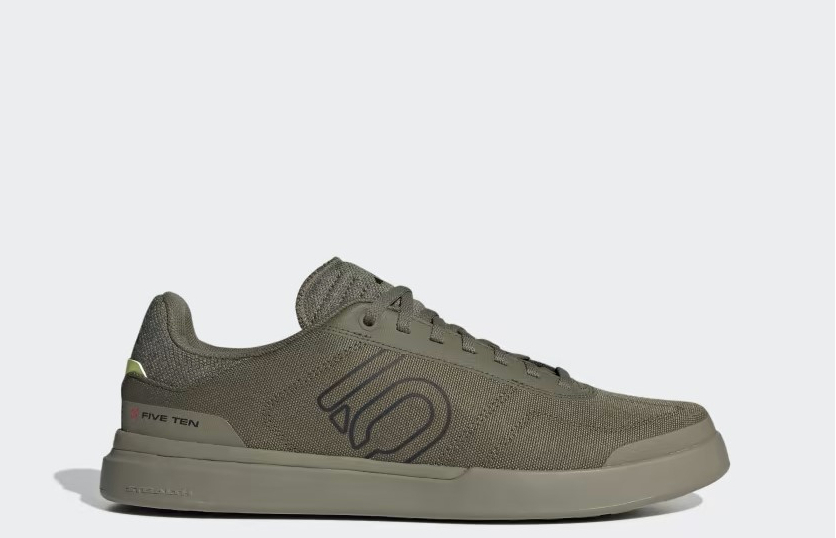
Available as a lace-up or a slip-on shoe, the Five Ten Sleuth takes casual style to the bike, with a grippy Stealth Phantom sole. The synthetic canvas upper is made with at least 50 per cent recycled polyester content.
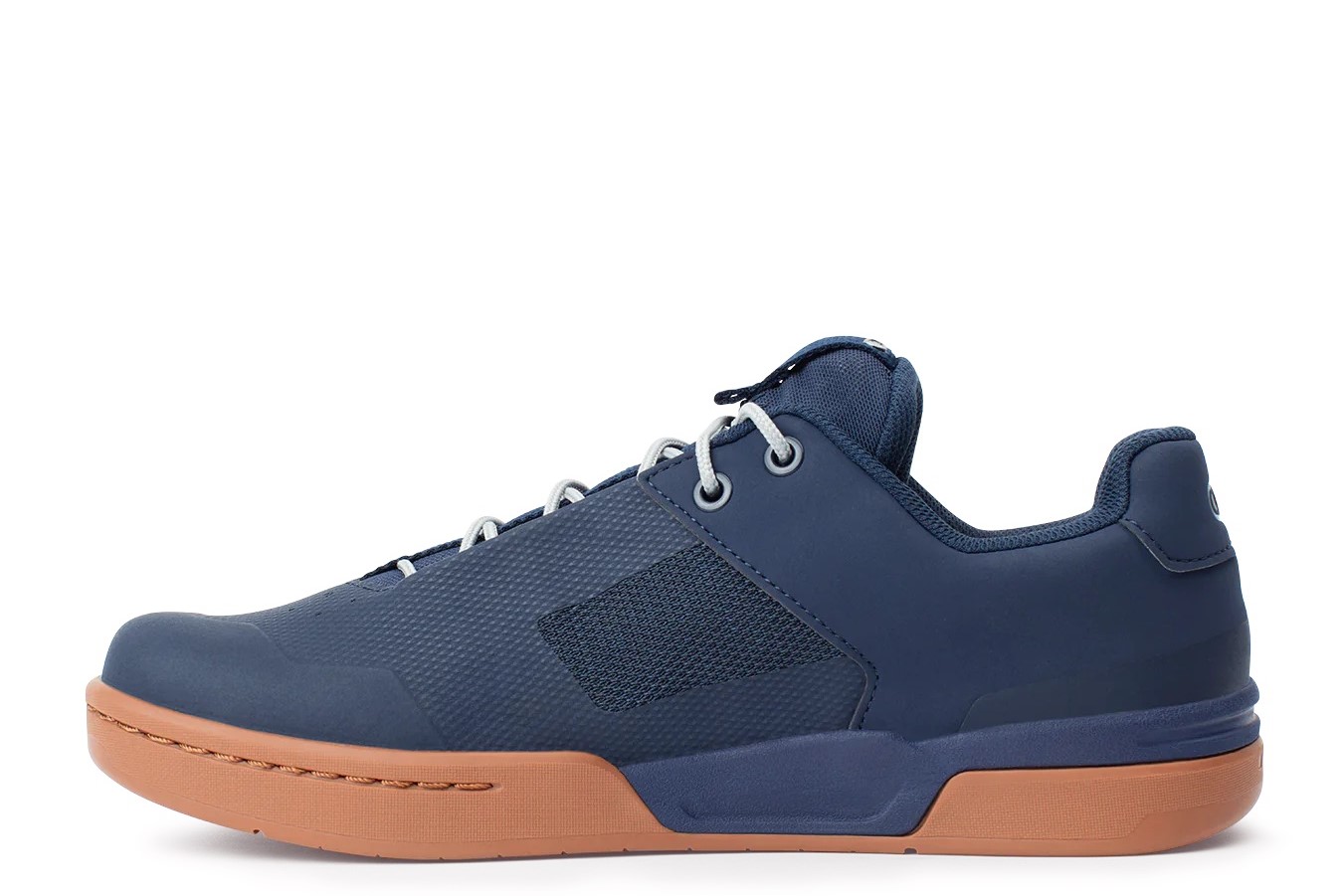
Crankbrothers gives you a choice of these lace-ups, a Speedlace or a Boa style in its Stamp shoes. There's loads of grip and the soles are designed so that pedal grips or pins don't dig into your sole.
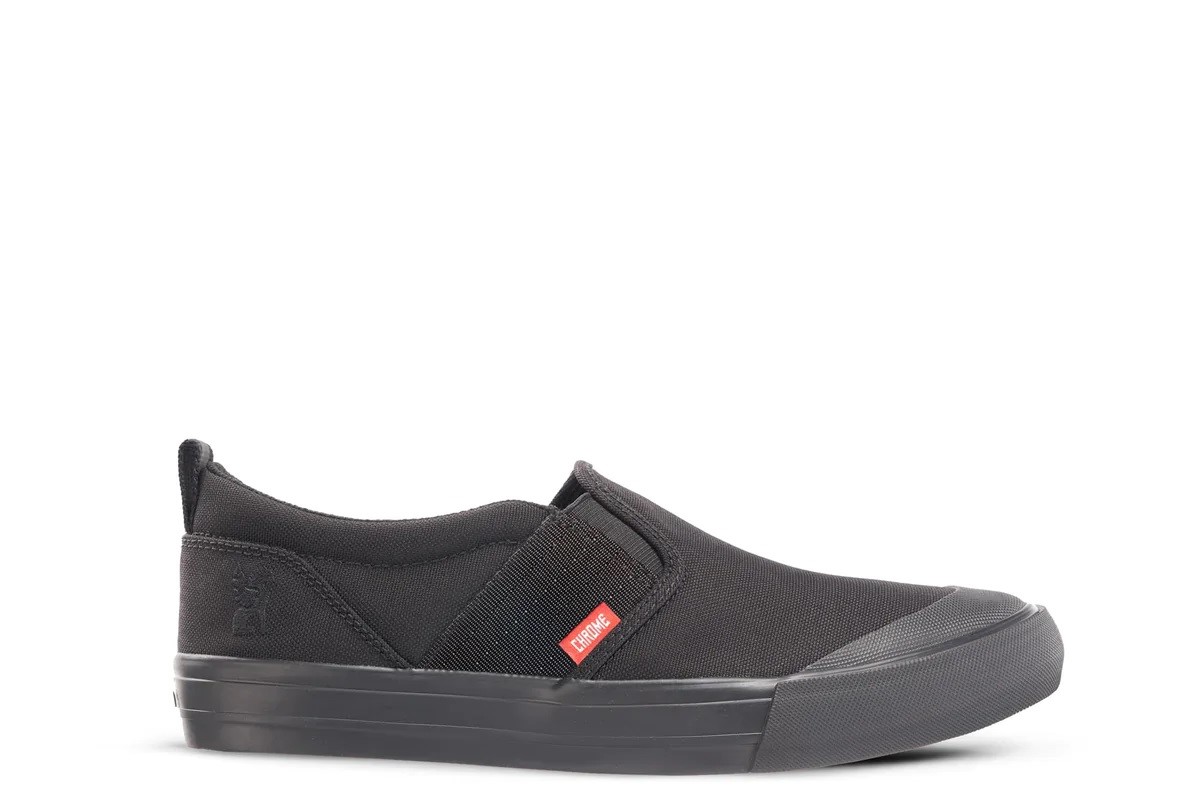
A casual slip-on style designed for cycling, the Dima 3.0 includes a nylon shank to increase pedalling efficiency and a thick rubber toe bumper. The synthetic upper is water-repellent and quick-drying.
SPD shoes
SPD shoes have two bolt holes in the sole which accept a small metal cleat. This connects to a pair of clipless pedals to provide a more secure, more efficient connection between your shoes and your bike.
They're a popular choice for use as gravel bike pedals, but also serve the commuter well, as in both cases there's likely to be some stop-start riding, where you'll want to be able to put a foot down quickly and easily.
The majority of SPD pedals offer two-sided pedal entry, which makes engaging your shoes with the pedals easier than a single-sided design. The small size of the cleat means that SPD shoes usually have a lugged sole, making them easy to walk in. They will have a stiffer sole that makes for more efficient pedalling though.
Two-bolt shoes for commuting often come with a removable cover for the cleat holes, which means that you can use them with flat pedals as well, while still having the advantage of a firm, comfortable pedalling surface.
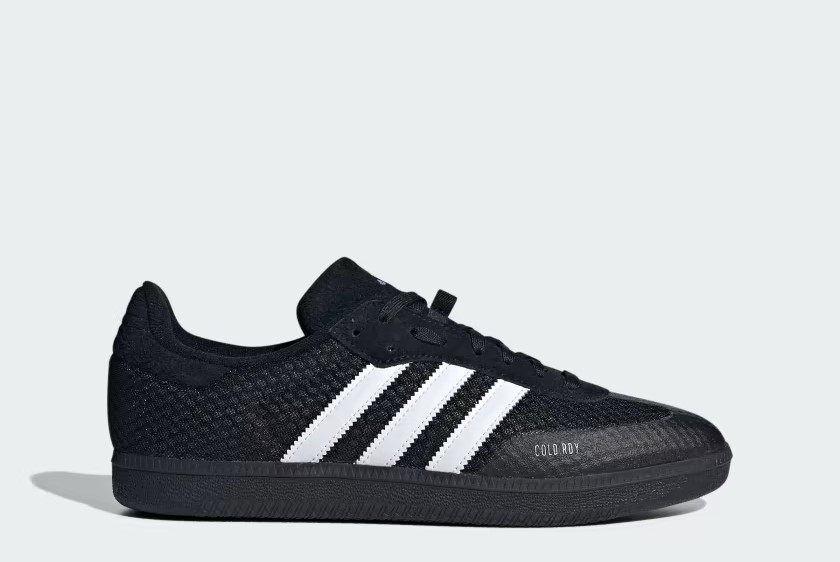
If you want a shoe that looks just like a trainer but includes an SPD cleat interface, the Adidas Velosamba is just the job. It's designed to keep your feet warmer and includes a reinforced midsole shank for pedalling efficiency.
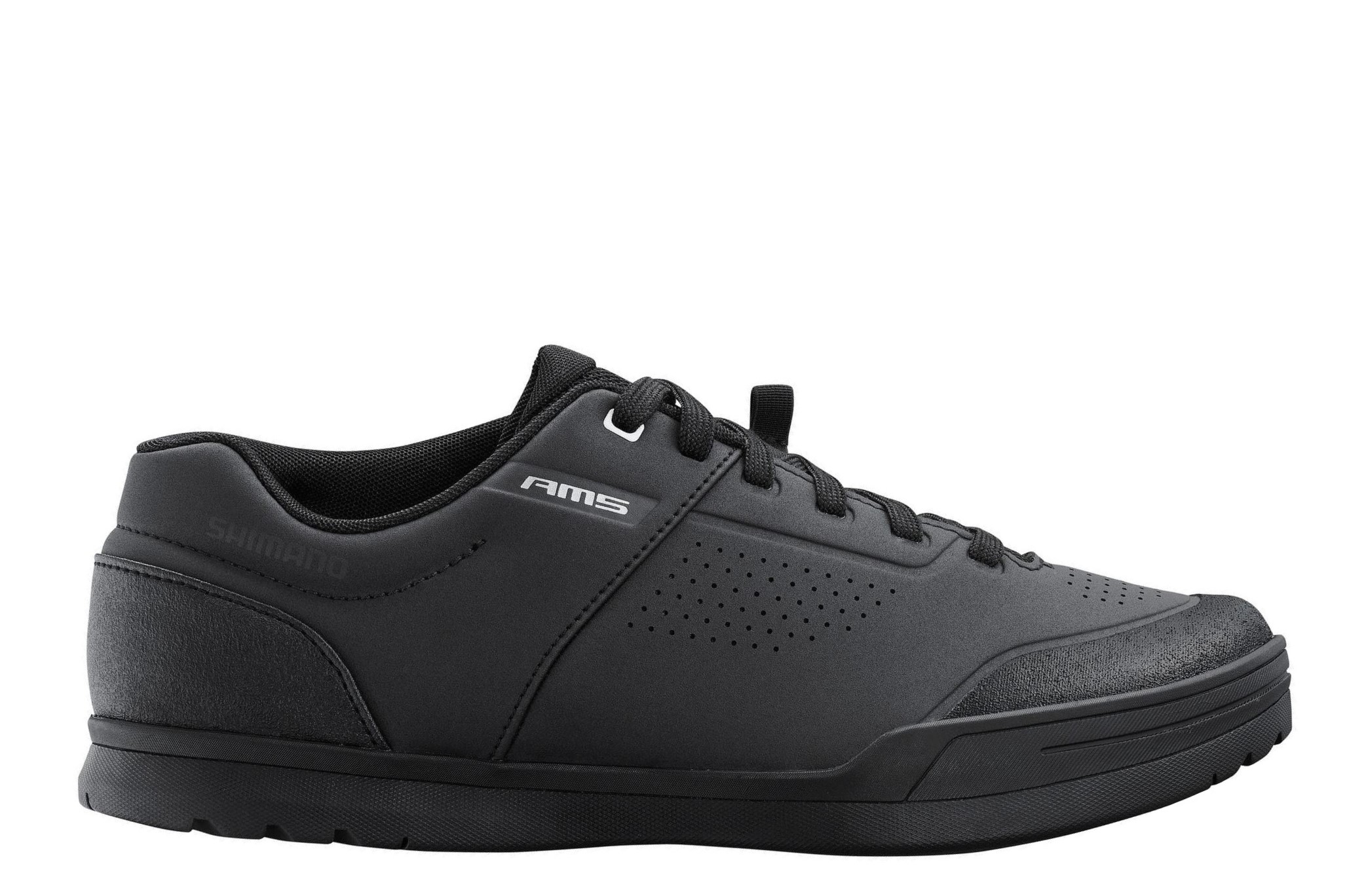
The Shimano AM5 is a mountain bike shoe with a skate style that also serves well for commuters. There's good ventilation and the uppers are easy to keep looking smart with a wipe-clean synthetic finish.
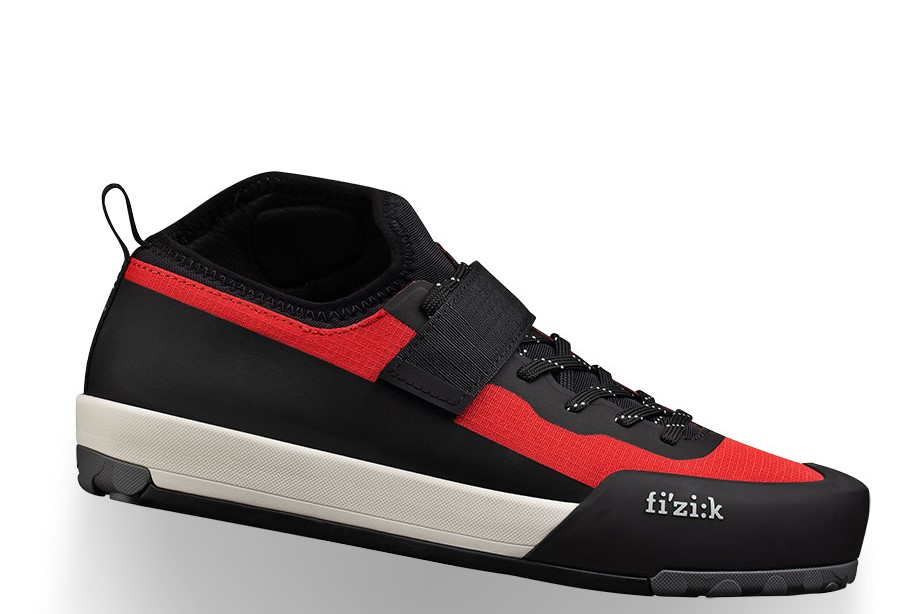
Technically a downhill MTB shoe, the Gravita Tensor works well for commuting. The ripstop uppers are robust and reinforced and there's a Vibram non-slip sole. There's a flat-soled version available too.
Road shoes
Road cycling shoes are designed to provide a more secure interface between the shoe and the pedal than commuter shoes. The best cycling shoes will allow efficient pedalling and maybe a little more speed over longer distances if you have a commute without too many stops and starts. They're also designed to offer plenty of ventilation so they can be a comfortable option when it's hot.
The downside is that the larger cleats and lack of grip on the soles make them more difficult to walk in. When it's cold or wet, you may need to add overshoes to keep your feet comfortable.
The majority of the best road bike pedals are also single-sided rather than the double-sided entry of SPD pedals, so clipping in and out is more of a skill and can become a hassle if you have lots of stops and starts on your commute.
Nevertheless, if your leisure rides are on a road bike, you may prefer a pair of road cycling shoes for your commute as well.
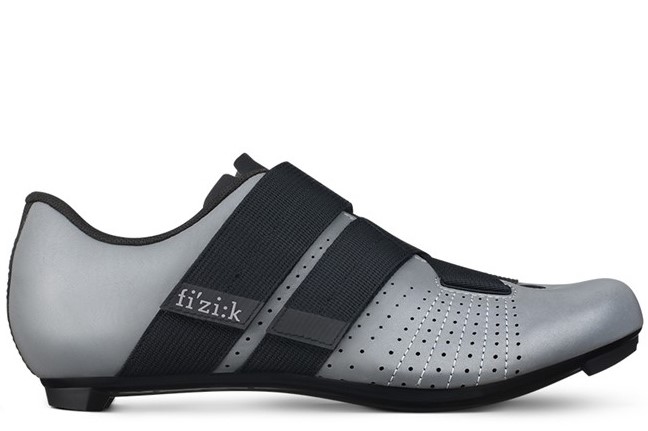
We rated the Fizik Tempo Powerstrap R5 for its trickle-down tech, comfort and adjustability when we reviewed the shoe. It's available in a range of colours, but for commuting this reflective version is a great option.
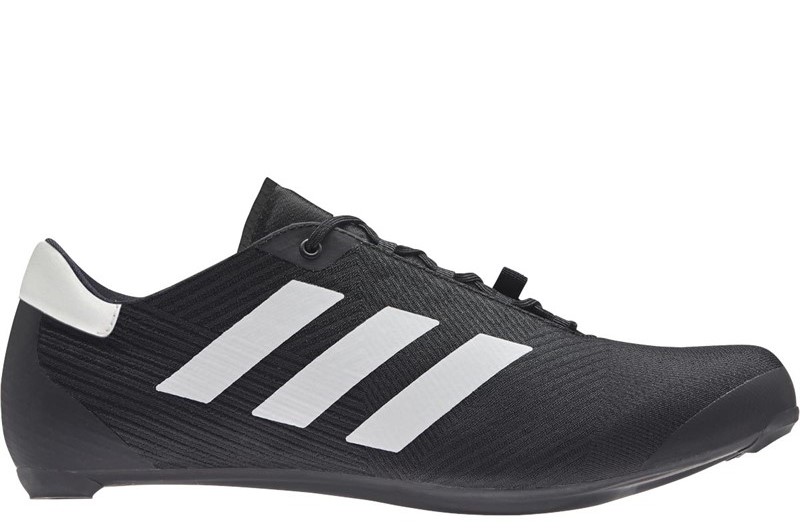
An option from Adidas that we've reviewed, The Road Cycling Shoes have a robust trainer-like build, a comfortable fit and are made of recycled fabric. The sole is a little flexible but should be fine for mid-length commutes.
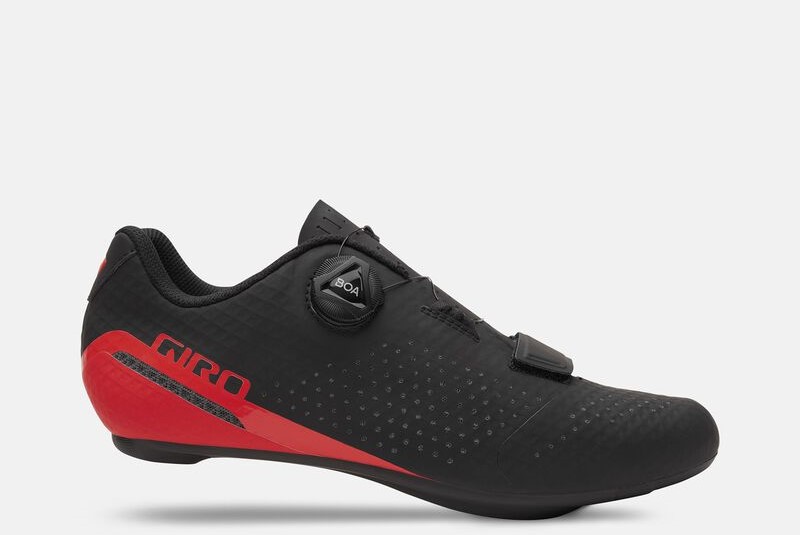
Another shoe with plenty of trickle-down tech, the Giro Cadet includes a Boa closure for precise adjustment and sits on a carbon reinforced sole plate to give you efficient pedalling with enough flex for comfort.
Overshoes
For wet or cold commutes, a pair of the best cycling overshoes can add some extra protection. Often, these are made of neoprene rubber (as used for wet suits) which provides both insulation and waterproofing.
There are also options that prioritise warmth over waterproofing, while uninsulated designs are more geared to keeping your feet dry, although they'll also add windproofing which will help keep your feet warmer.
The main issue with overshoes is durability. Walking in them wears out the base quickly, they may wear through due to crank rub and zippers or Velcro closures can wear out quickly.
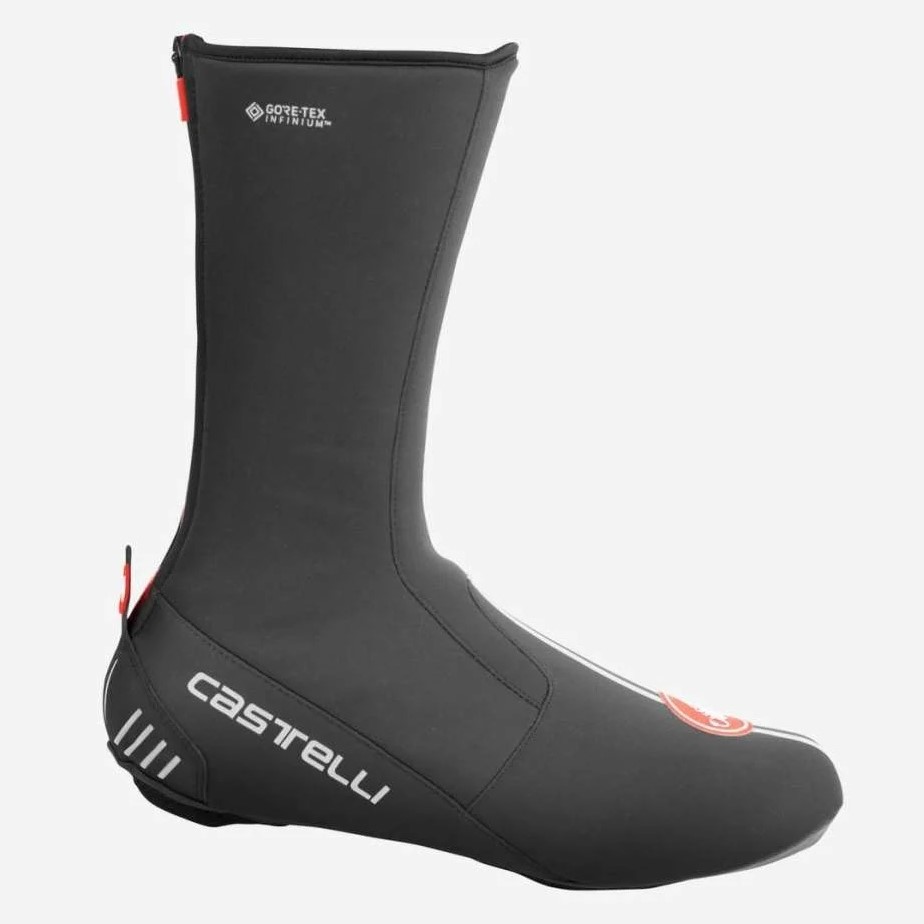
They're pricey, but the Castelli Estremo overshoes will cope with properly wet and cold conditions. They're made of Gore-Tex Infinium fabric and Polartec Powerstretch insulation. The premium materials really keep out the weather.
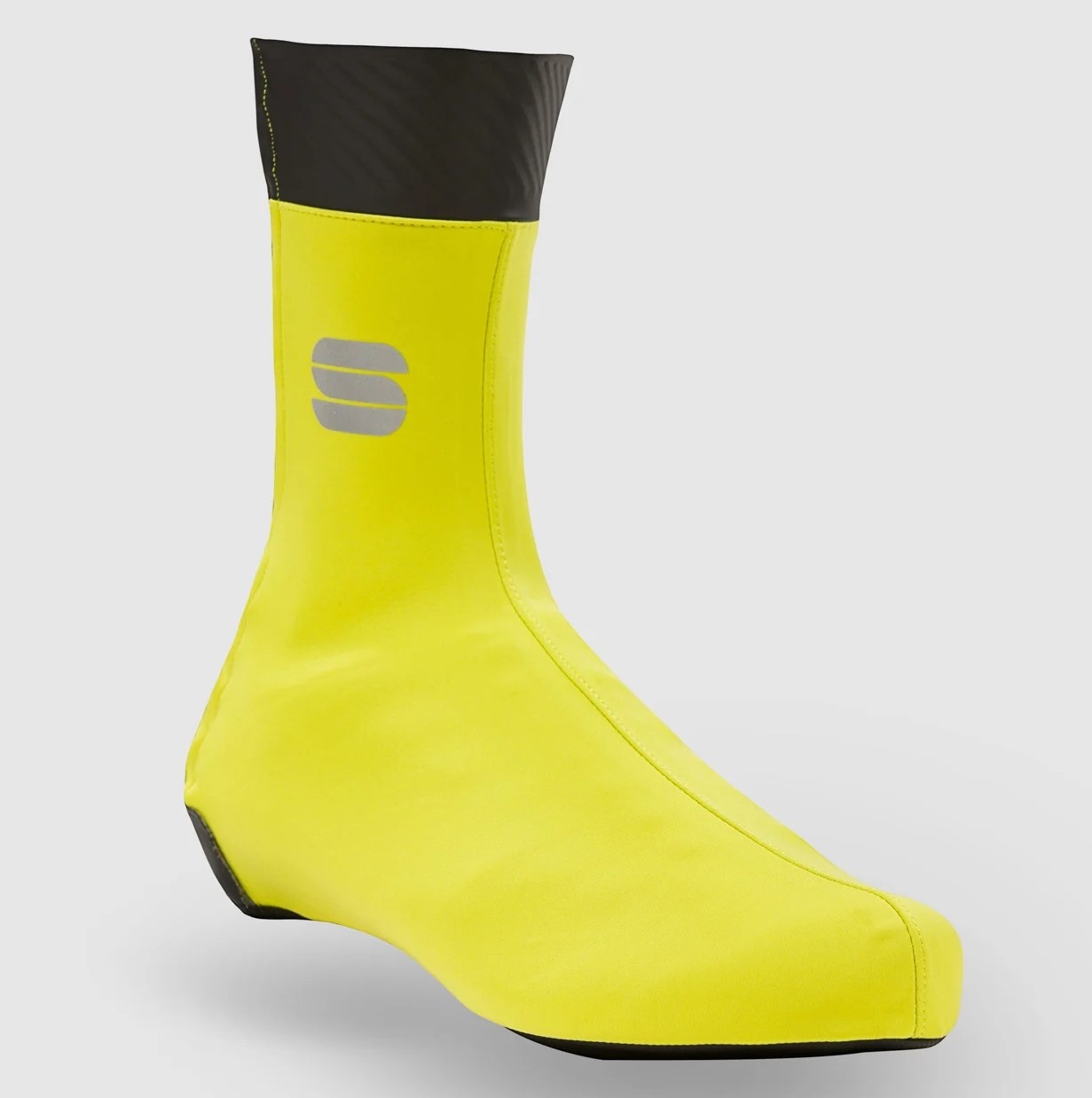
The Sportful Fiandre Booties are designed for less cold conditions when it's still wet. They too are made of Gore-Tex Infinium fabric, but without the insulating lining, so they're a good option on warmer wet rides where the spray is plentiful.
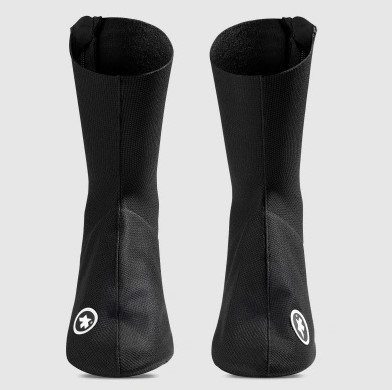
A premium option, Assos's overshoes provide warmth without weight. The cut is stylish, with a high cuff that helps to keep your legs and feet that bit warmer on your ride into work. They're easy to get on and off as well.
Winter shoes
If you live somewhere where it gets cold consistently in the winter or where wet roads are frequent, feet (along with fingers) can suffer disproportionately.
There's a more robust solution than overshoes though, as many brands make cycling shoes specifically designed for winter riding. Typically the best winter cycling shoes have a high cuff to protect your ankles and help keep out the damp, they're insulated and they're made of waterproof materials, including a totally enclosed base.
Although you can get winter cycling shoes with a road-style three-bolt cleat interface, winter cycling shoes with a two-bolt SPD cleat connection are a better option for commuting, as they will have more walkable soles which include grippy rubber, making getting around off the bike easier.
Such shoes tend to be bulky though, so although they're very weatherproof, you may find that your shoes feel heavy when riding and the uppers rub on the cranks as you pedal.
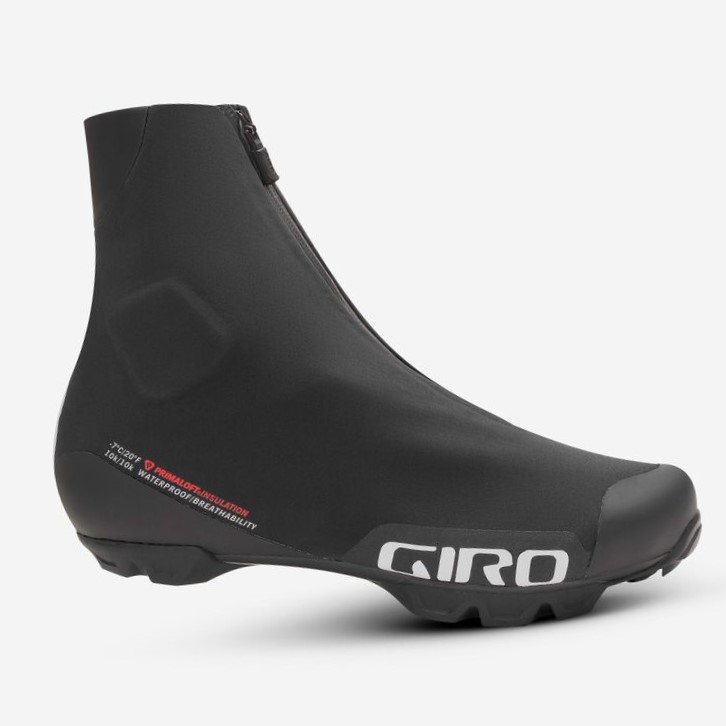
The Giro Blaze winter cycling shoes are both well insulated and well protected against rainfall, with a high cuff and a design that we found didn't rub on the cranks. They're SPD only, which makes walking easier than an SPD-SL design.
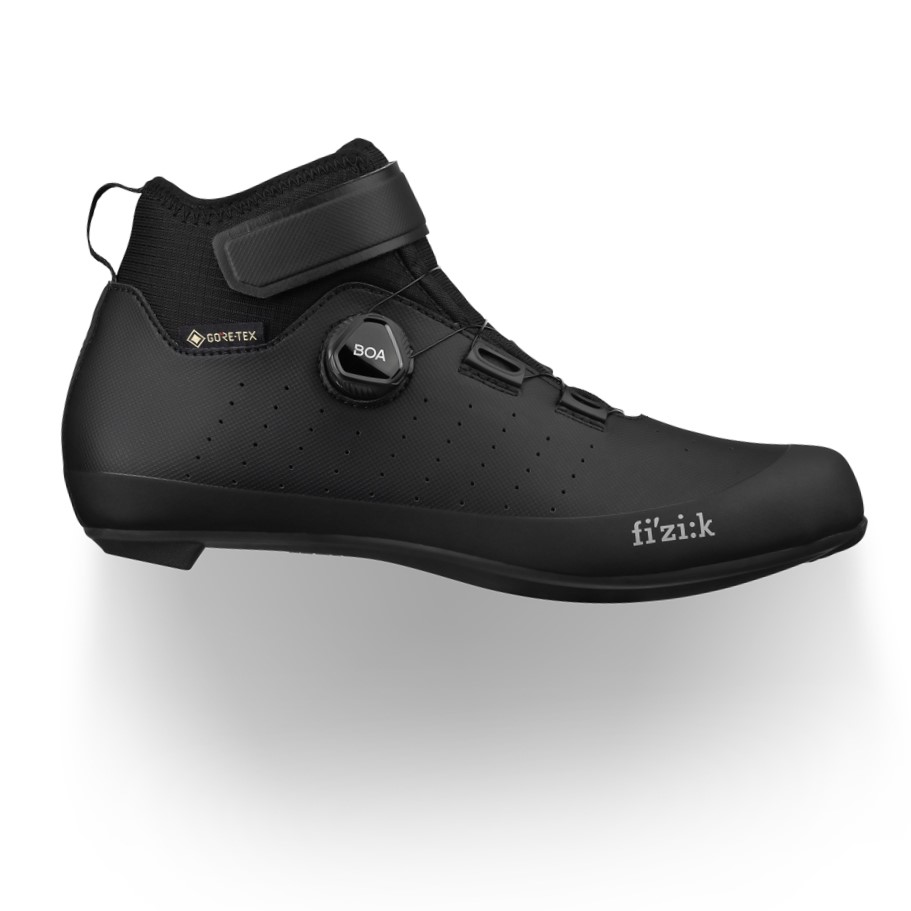
When we tested the Fizik Artica GTX Tempo winter cycling shoes, we were impressed by the slim but warm fit and easy access. The shoes are easy to wipe clean and the Gore-Tex lining makes for good breathability.
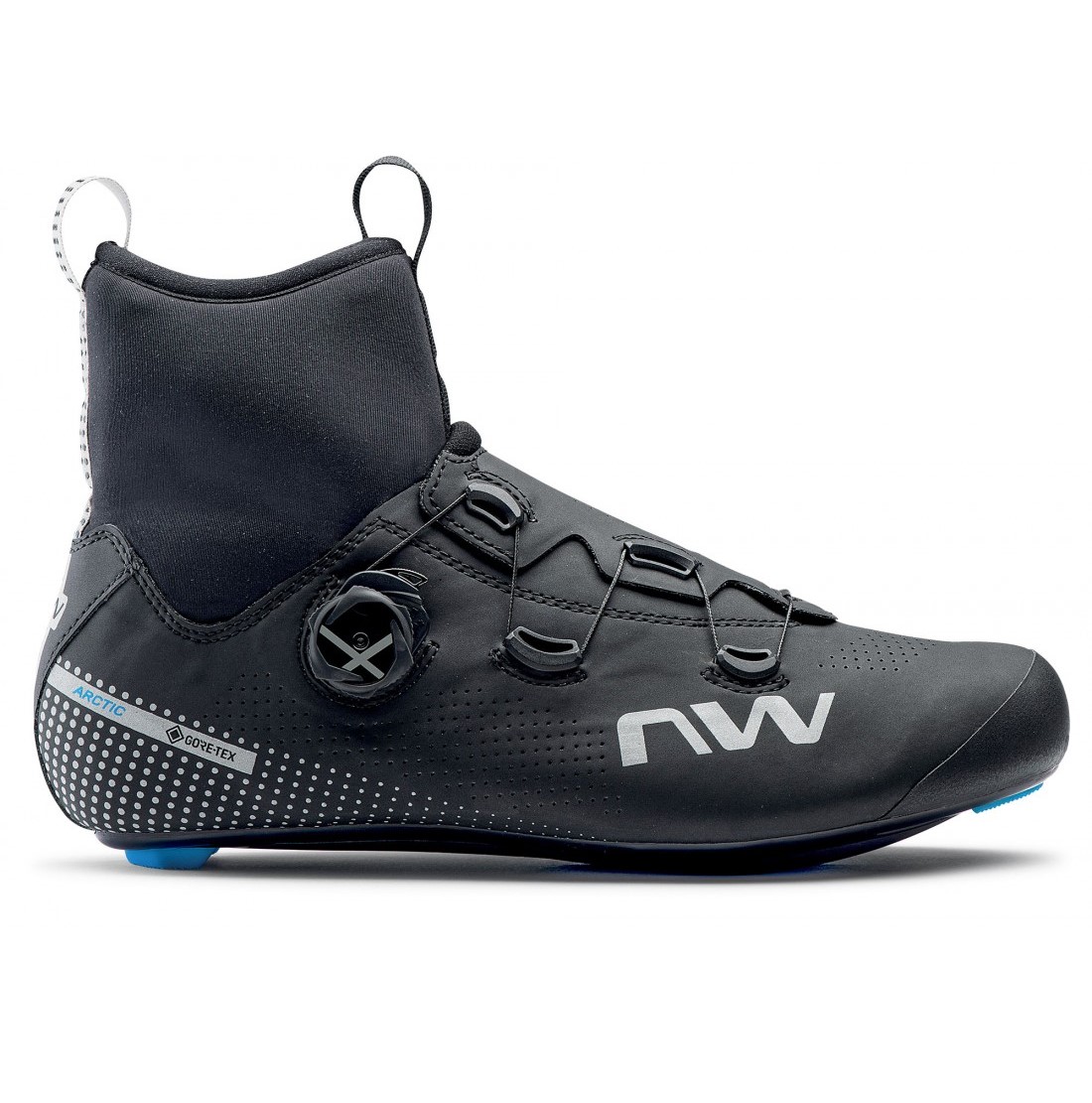
The Northwave Celsius R Arctic GTX winter cycling shoes are SPD-SL compatible so they take road cycling cleats. They're warm when it's cold and sit on a stiff carbon-reinforced sole which gives excellent power transfer.
How to choose
Do you need special shoes for cycling?
There's nothing to say that you 'need' cycling-specific shoes, but they exist for a reason. Cycling shoes are designed to make cycling a more comfortable and efficient experience. They'll also often come with well-considered features that tackle very specific challenges.
Cycling-specific shoes will usually have a stiffer sole, which makes your pedalling more efficient and improves power transfer. However when you're commuting by bike, and therefore walking as well as riding, you'll want to strike a balance. The stiffer the soles, the more uncomfortable they are to walk in, but the more flimsy the soles, the more power you'll lose while pedalling.
All of the shoes we've recommended here strike a balance, and in some cases, we've commented on which shoes are stiffer than others listed.
Is it okay to choose my commuter cycling shoes based looks?
Of course! Exterior design, proportions and colourways are hugely important for any commuter shoe choice, with most riders preferring to err on the side of subtlety.
The purchasing bias is more influenced by traditional casual shoe fashion sensibility than outright pedalling dynamics and conventional cycling metrics, such as weight, ventilation and sole stiffness.
If you buy commuter shoes that don't adequately match with your work or social wear, there is little point, as you’ll feel uncomfortable wearing them.
That's why in our list of recommended commuter cycling shoes, we've included several options that 'blend in' and resemble casual footwear.
How do I keep my laces out of the cranks?
It's a common hazard, especially if you tend to cycle in casual lace-up shoes, that sometimes your laces can get caught on the chainset (and in some cases, are shredded in the process).
Thankfully, cycling-specific shoes are designed with this in mind, and the majority of lace-up cycling shoes these days will feature an elastic strap to tuck your laces into. Or, if you'd prefer to play it extra safe, there are plenty of options with Velcro straps or Boa dial closures, though these tend to be a feature of road cycling shoes.
Which fastening system is best for commuter shoes?
As mentioned above, you don't have to be limited to laces if you don't want to (though they do make for the most casual aesthetic). They're the most commonly used closure system in the commuter cycling shoe market for that reason, plus they provide a lot more flexibility for walking in comfort.
However, there are other options, including Velcro straps and Boa dials. These are more commonly found on road and mountain bike shoes, and they can offer a lot more adjustability in fit, especially the Boa dial, which you can adjust while you're riding. If this is more important than a casual aesthetic, then take a look at entry-level road and mountain biking shoes for a budget-friendly commuter shoe option.
Do I need waterproof shoes?
If you plan to commute by bike all year round and live somewhere where it can be wet, it would be sensible to factor some waterproofing into your choice of commuter cycling shoes, especially if you only want to invest in one pair.
Even when it's not raining any more, you're likely to be affected by spray from wet road surfaces, so look for shoes made from waterproof materials. Leather or faux leather features a lot in many cycling shoes on the market, and this has the added bonus of being wipe-clean so you can easily look after them.
However, one thing to consider, especially if you're only buying one pair of shoes for year-round use, is that waterproofing means less airflow, so your feet are likely to overheat in the summer due to the lack of ventilation. In this case, you might want to opt for some shoes that aren't waterproof and pair them with some waterproof overshoes when you need to or invest in a second pair of waterproof cycling shoes.
The latest race content, interviews, features, reviews and expert buying guides, direct to your inbox!
Mildred joined as Reviews Writer for Cyclingnews and BikePerfect in December 2020. She loves all forms of cycling from long-distance audax to daily errand-running by bike, and does almost everything on two wheels, including moving house, and started out her cycling career working in a bike shop. For the past five years she's volunteered at The Bristol Bike Project as a mechanic and session coordinator, and now sits on its board of directors.
Since then she's gone on to write for a multitude of cycling publications, including Bikeradar, Cycling Plus, Singletrack, Red Bull, Cycling UK and Total Women's Cycling. She's dedicated to providing more coverage of women's specific cycling tech, elevating under-represented voices in the sport, and making cycling more accessible overall.
Height: 156cm (5'2")
Weight: 75kg
Rides: Stayer Groadinger UG, Triban RC520 Women's Disc, Genesis Flyer, Marin Larkspur, Cotic BFe 26, Clandestine custom bike
